 Welcome
Welcome
“May all be happy, may all be healed, may all be at peace and may no one ever suffer."
Priapism

Priapism is a persistent and often painful erection of the penis that lasts longer than four hours and is not related to sexual stimulation. This condition is caused by an abnormal flow of blood into the penis, which can result in tissue damage and lead to erectile dysfunction if not treated promptly.
There are two types of priapism: ischemic priapism and non-ischemic priapism. Ischemic priapism is the most common type and occurs when blood is trapped in the penis and cannot flow out, which can cause tissue damage and require immediate medical attention. Non-ischemic priapism is less common and occurs due to a non-circulatory cause, such as an injury to the penis or a side effect of certain medications.
The causes of priapism can vary and may include certain medical conditions such as sickle cell anemia, leukemia, and spinal cord injury, as well as the use of certain medications or recreational drugs such as cocaine or marijuana.
Treatment for priapism typically involves draining blood from the penis, either through a needle or surgery, to relieve the pressure and prevent tissue damage. In some cases, medication may also be used to help relax the blood vessels and improve blood flow.
Prompt treatment is important to prevent complications such as tissue damage, permanent erectile dysfunction, and infection. If you experience an erection that lasts longer than four hours and is not related to sexual stimulation, it is important to seek immediate medical attention.
Research Papers
Disease Signs and Symptoms
- Erection lasting more than four hours or unrelated to sexual interest or stimulation
- Peyronie's disease might cause problems getting or maintaining an erection (erectile dysfunction).
- Rigid penile shaft, but the tip of the penis (glans) is soft
Disease Causes
Priapism
An erection normally occurs in response to physical or psychological stimulation. This stimulation causes certain smooth muscles to relax, increasing blood flow to spongy tissues in the penis. As a result, the blood-filled penis becomes erect. After stimulation ends, the blood flows out and the penis returns to its nonrigid (flaccid) state.
Priapism occurs when some part of this system — the blood, vessels, smooth muscles or nerves — changes normal blood flow, and an erection persists. The underlying cause of priapism often can't be determined, but several conditions may play a role.
Blood disorders
Blood-related diseases might contribute to priapism — usually ischemic priapism, when blood isn't able to flow out of the penis. These disorders include:
- Sickle cell disease
- Leukemia
- Other blood diseases (hematologic dyscrasias), such as thalassemia and multiple myeloma
The most common associated diagnosis in children is sickle cell disease.
Prescription medications
Priapism, usually ischemic priapism, is a possible side effect of a number of drugs, including:
- Medications injected directly into the penis to treat erectile dysfunction, such as alprostadil (Caverject, Edex, others), papaverine, phentolamine (Oraverse) and others
- Antidepressants, such as fluoxetine (Prozac), bupropion (Wellbutrin XL, Wellbutrin SR), trazodone and sertraline (Zoloft)
- Alpha blockers including prazosin (Minipress), terazosin, doxazosin (Cardura) and tamsulosin (Flomax)
- Medications used to treat anxiety or psychotic disorders, such as hydroxyzine (Vistaril), risperidone (Risperdal), olanzapine (Zyprexa), lithium (Lithobid), clozapine (Clozaril), chlorpromazine and thioridazine
- Blood thinners, such as warfarin (Jantoven) and heparin
- Hormones such as testosterone or gonadotropin-releasing hormone
- Medications used to treat attention-deficit/hyperactivity disorder (ADHD), such as methylphenidate (Concerta, Ritalin, others) and atomoxetine (Strattera)
Alcohol and drug use
Alcohol, marijuana, cocaine and other drugs can cause priapism, particularly ischemic priapism.
Injury
A common cause of nonischemic priapism is trauma or injury to your penis, pelvis, or the region between the base of the penis and the anus (perineum).
Other factors
Other causes of priapism include:
- A spider bite, scorpion sting or other toxic infections
- Metabolic disorders including gout or amyloidosis
- Neurogenic disorders, such as a spinal cord injury or syphilis
- Cancers involving the penis
Disease Prevents
Priapism
If you have stuttering priapism, to prevent future episodes your doctor might recommend:
- Treatment for an underlying condition, such as sickle cell disease, that might have caused priapism
- Use of oral or injectable phenylephrine
- Hormone-blocking medications — only for adult men
- Use of oral medications used to manage erectile dysfunction
Disease Treatments
Ischemic priapism
Ischemic priapism — the result of blood not being able to exit the penis — is an emergency situation that requires immediate treatment. After pain relief, this treatment usually begins with a combination of draining blood from the penis and using medications.
- Aspiration decompression. Excess blood is drained from your penis using a small needle and syringe (aspiration). As part of this procedure, the penis might also be flushed with a saline solution. This treatment often relieves pain, removes oxygen-poor blood and might stop the erection. This treatment might be repeated until the erection ends.
- Medications. A medication, such as phenylephrine, might be injected into your penis. This drug constricts blood vessels that carry blood into the penis. This action allows blood vessels that carry blood out of the penis to open up, increasing blood flow out of the penis. This treatment might be repeated several times if needed. You will be monitored for side effects, such as a headache, dizziness and high blood pressure, particularly if you have high blood pressure or heart disease.
- Surgery or other procedures. If other treatments aren't successful, a surgeon might perform other procedures to drain blood from the penis or surgery to reroute blood flow so that blood can again move through your penis.
If you have sickle cell disease, you might receive additional treatments that are used to treat disease-related episodes.
Nonischemic Priapism
Nonischemic priapism often goes away with no treatment. Because there isn't a risk of damage to the penis, your doctor might suggest a watch-and-wait approach. Putting ice packs and pressure on the perineum — the region between the base of the penis and the anus — might help end the erection.
Surgery might be necessary in some cases to insert material, such as an absorbable gel, that temporarily blocks blood flow to your penis. Your body eventually absorbs the material. You might also need surgery to repair arteries or tissue damage resulting from an injury.
Disease Diagnoses
Disease Allopathic Generics
Disease Ayurvedic Generics
Disease Homeopathic Generics
Disease yoga
Priapism and Learn More about Diseases
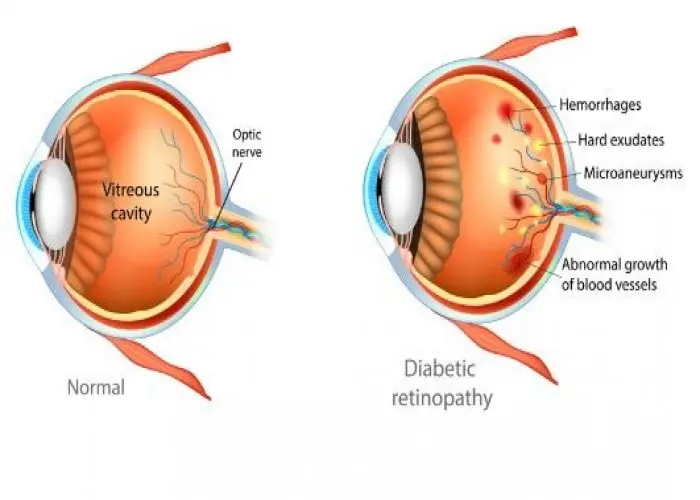
Diabetic retinopathy
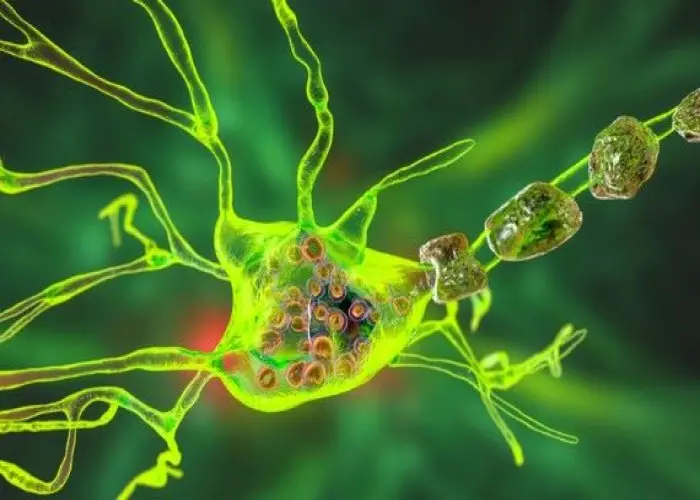
Inherited metabolic disorders

Temporal lobe seizure
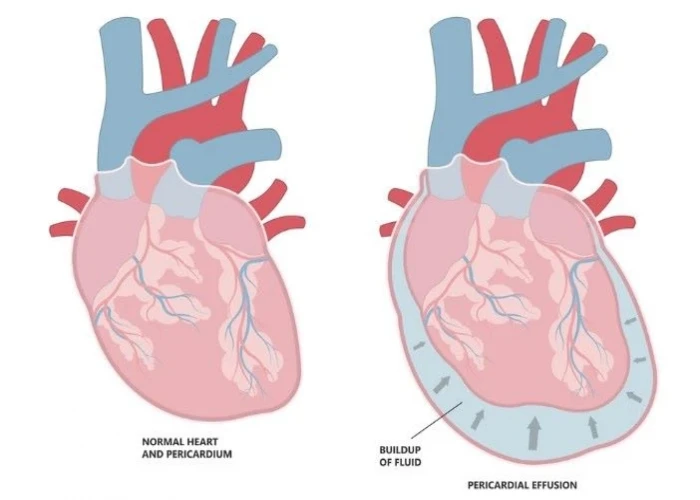
Pericardial effusion
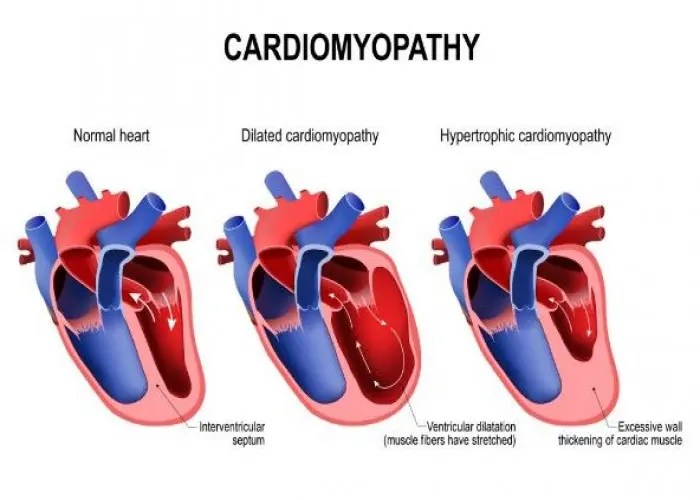
Dilated cardiomyopathy
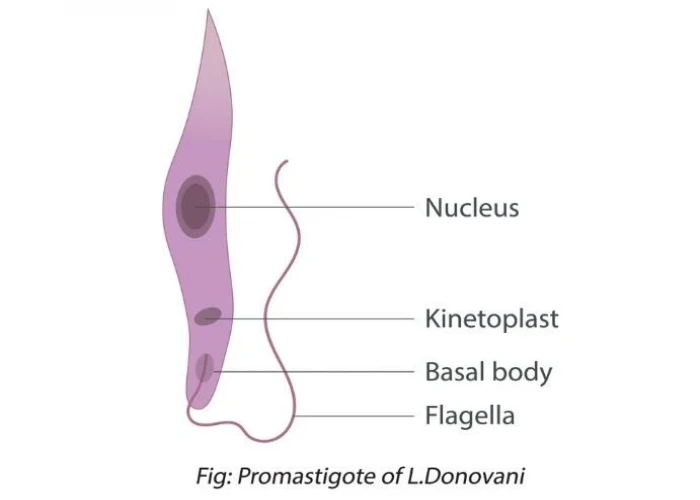
Kala Azar

Hyperhidrosis

Dermatitis
priapism, প্রিয়াপিজম
To be happy, beautiful, healthy, wealthy, hale and long-lived stay with DM3S.
